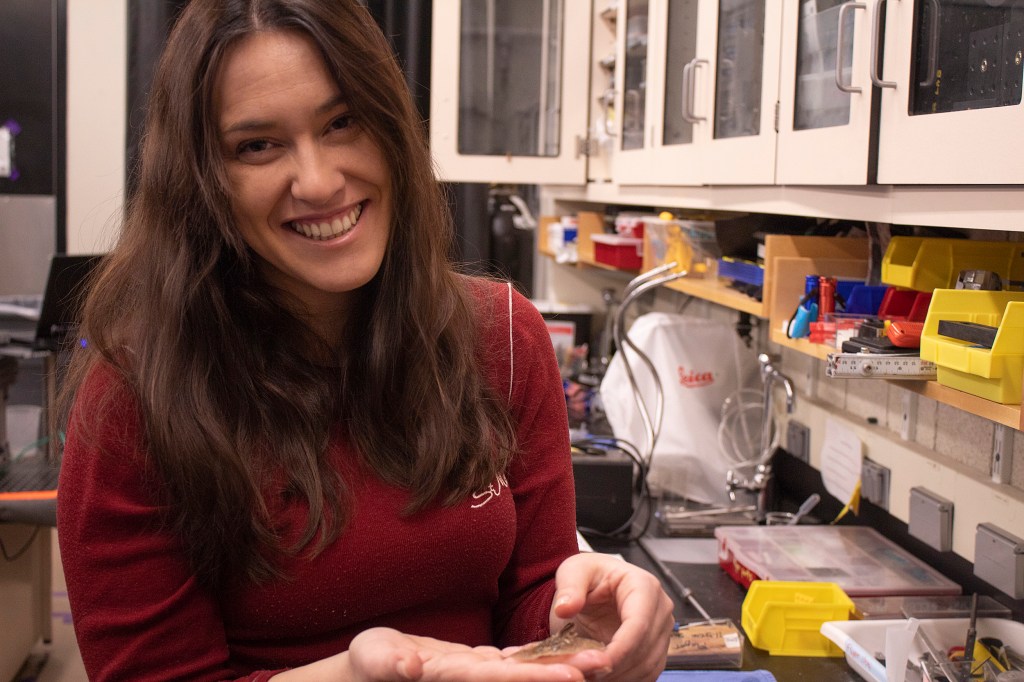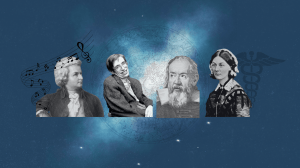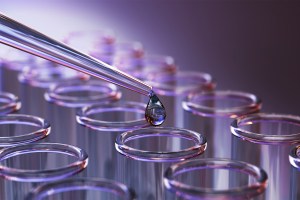Science & Tech
-
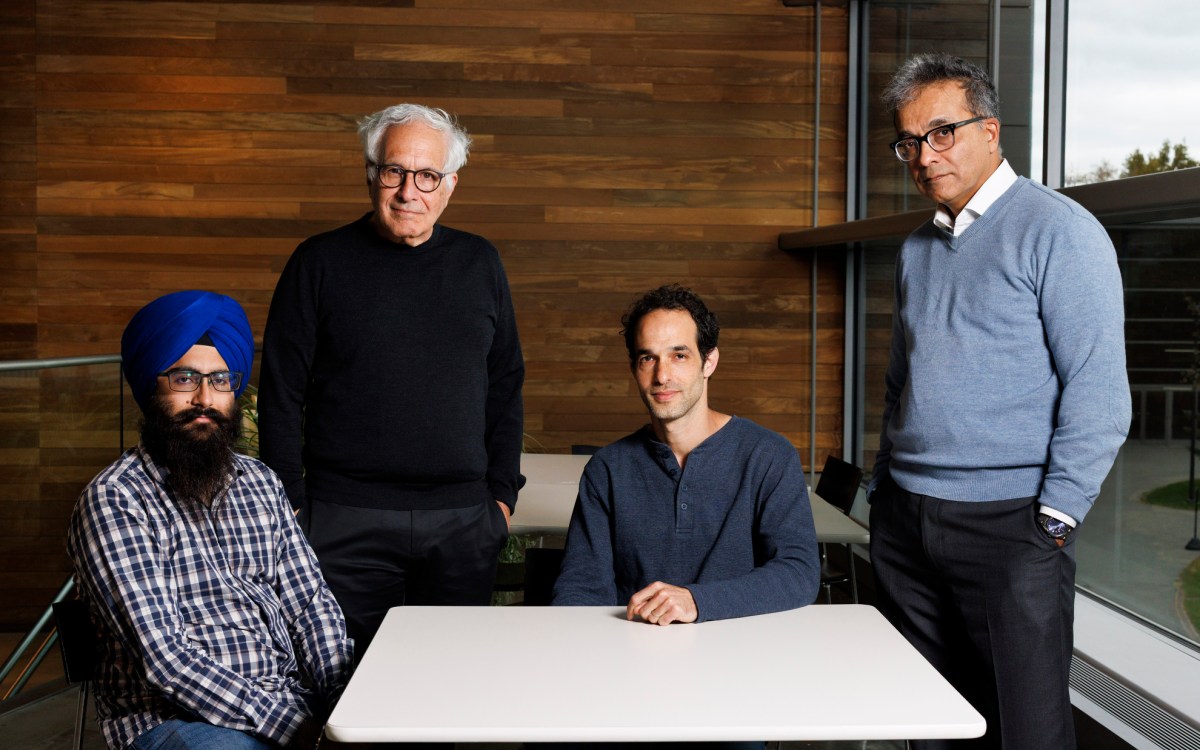
Want to speed brain research? It’s all in how you look at it.
New AI-enhanced scanning method promises to boost quest for high-resolution mapping
-
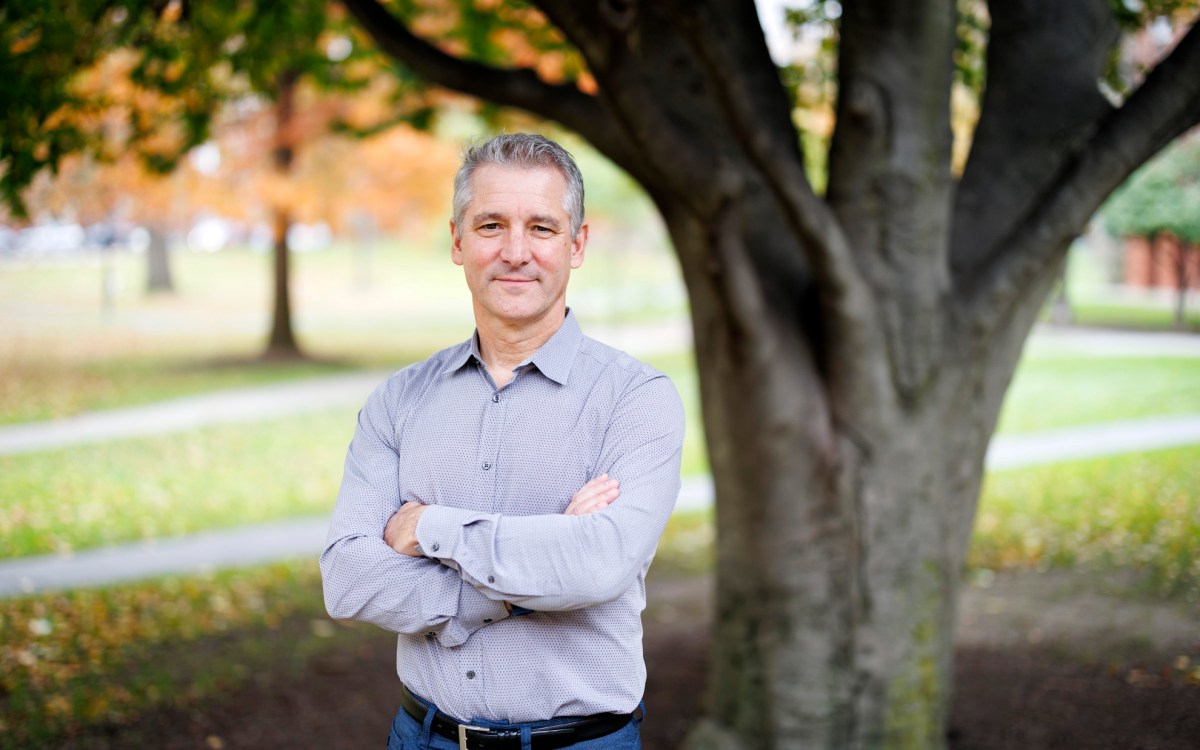
-
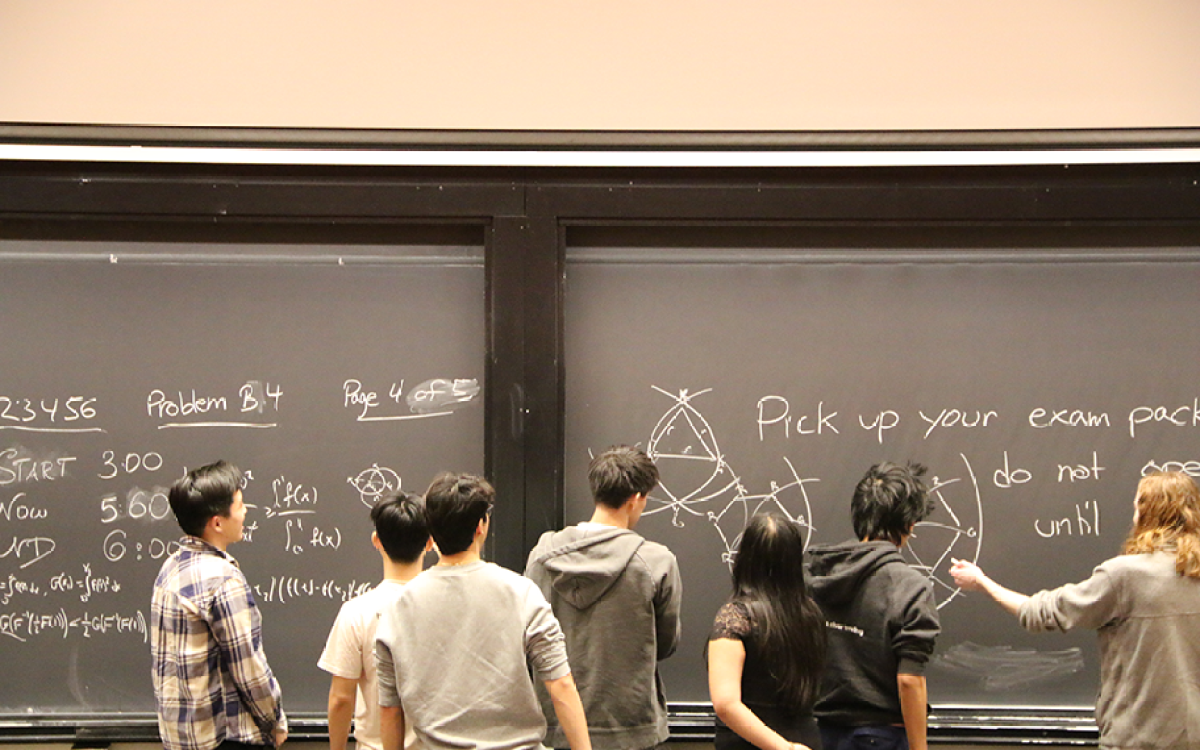
‘It just feels good when you solve the hard problems’
Why do students volunteer to take this notoriously difficult math exam? For the fun of it.
-
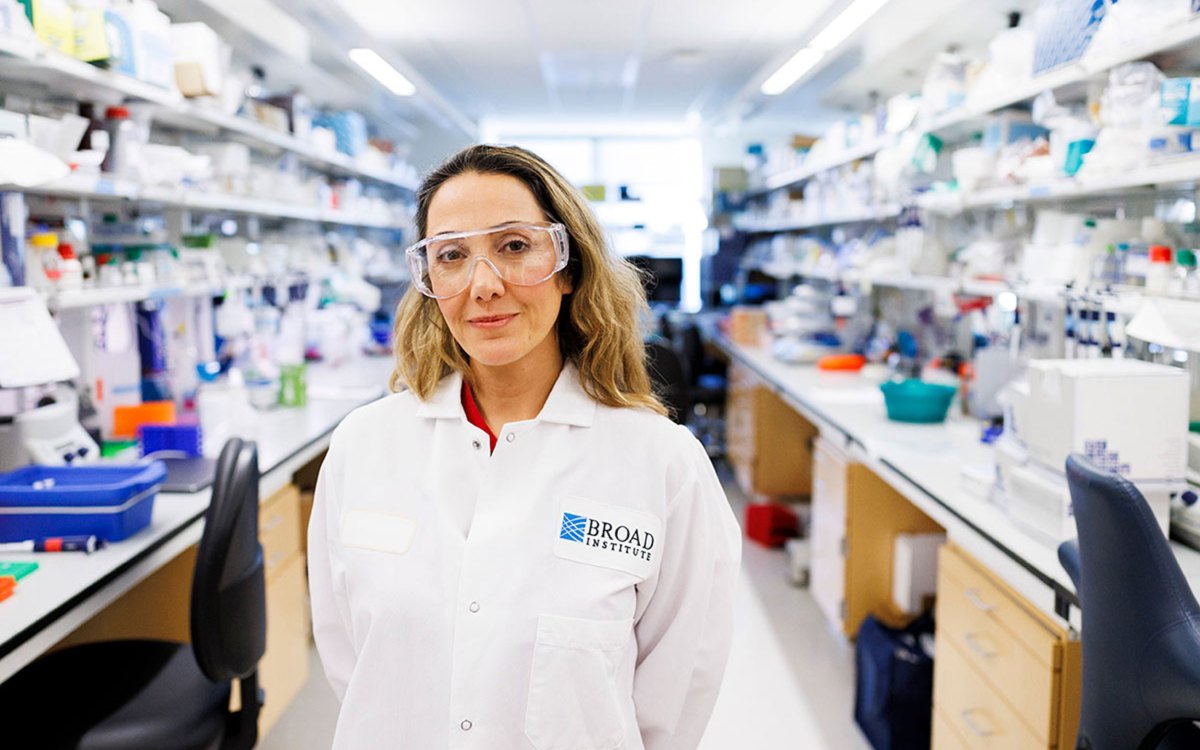
Stopping the next pandemic
Disease surveillance network faced ‘existential cliff’ despite proven success. Then came the $100 million.
-

Rethinking — and reframing — superintelligence
Microsoft researcher says separating AI from people makes systems dangerous and unproductive
-
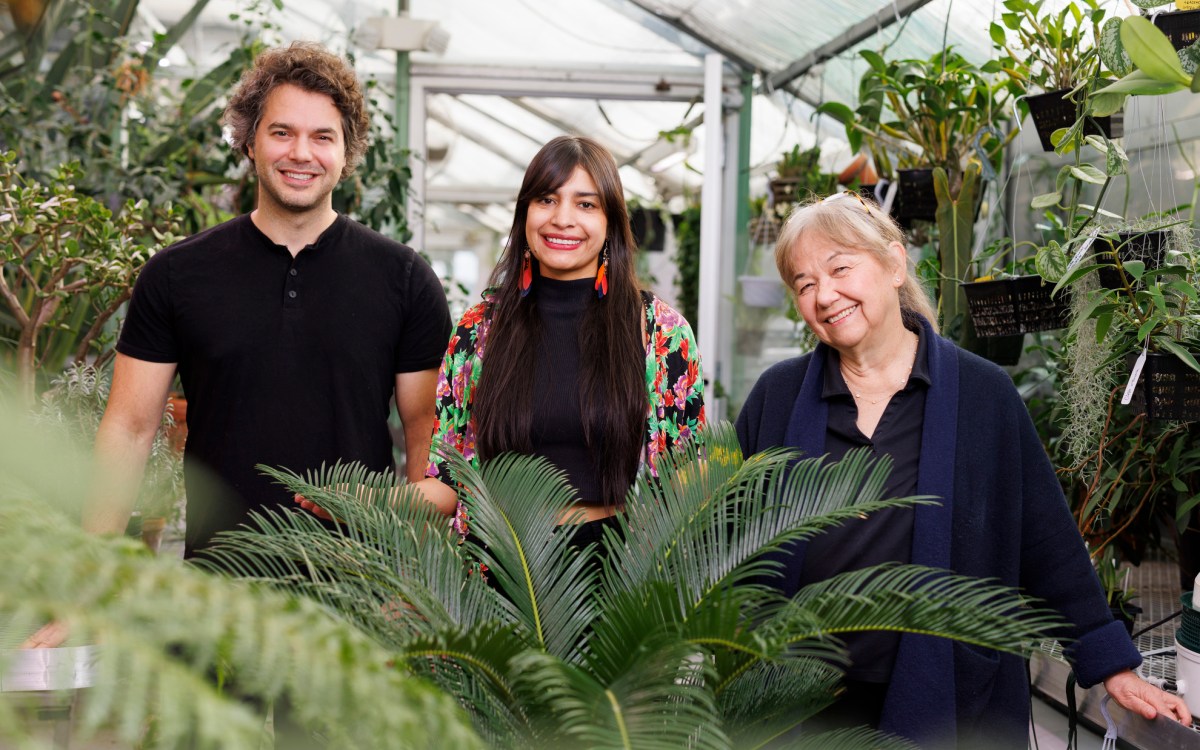
First, male gets heated up, then female, and then, you know
Study shows infrared radiation from plants serves as invitation to pollinating insects
-
Identifying exotic properties
Though they have unusual properties that could be useful in everything from superconductors to quantum computers, topological materials are frustratingly difficult to predictably produce. To speed up the process, Harvard researchers in a series of studies develop methods for efficiently identifying new materials that display topological properties.
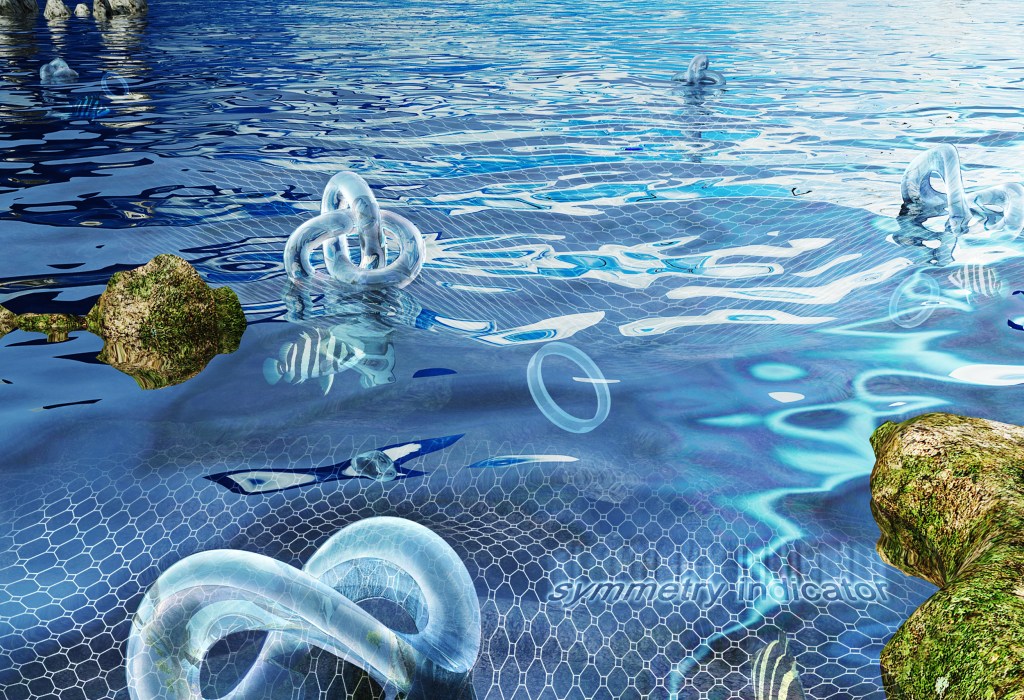
-
Laying some groundwork for environmental protection
The Wyss Institute has developed a sheet pile driving robot, Romu, that works in uneven terrain to build metal walls that can act as dams, retaining walls, or building foundations.
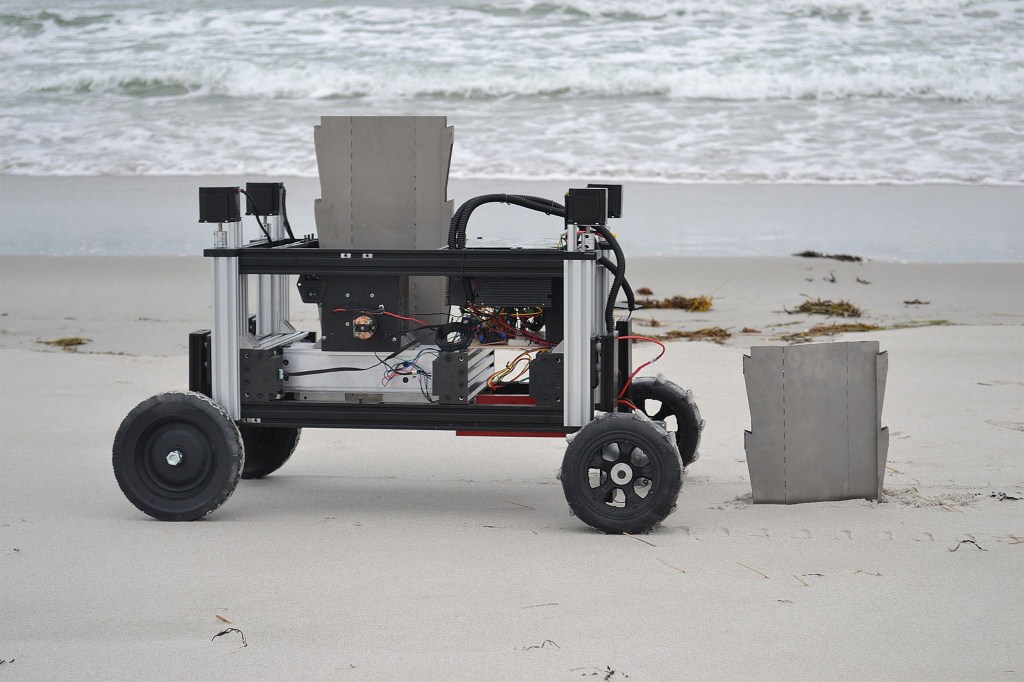
-
Tackling climate change through study
Harvard’s Climate Change Solutions Fund, now in its fifth year, is awarding seven research projects $1 million in grants.
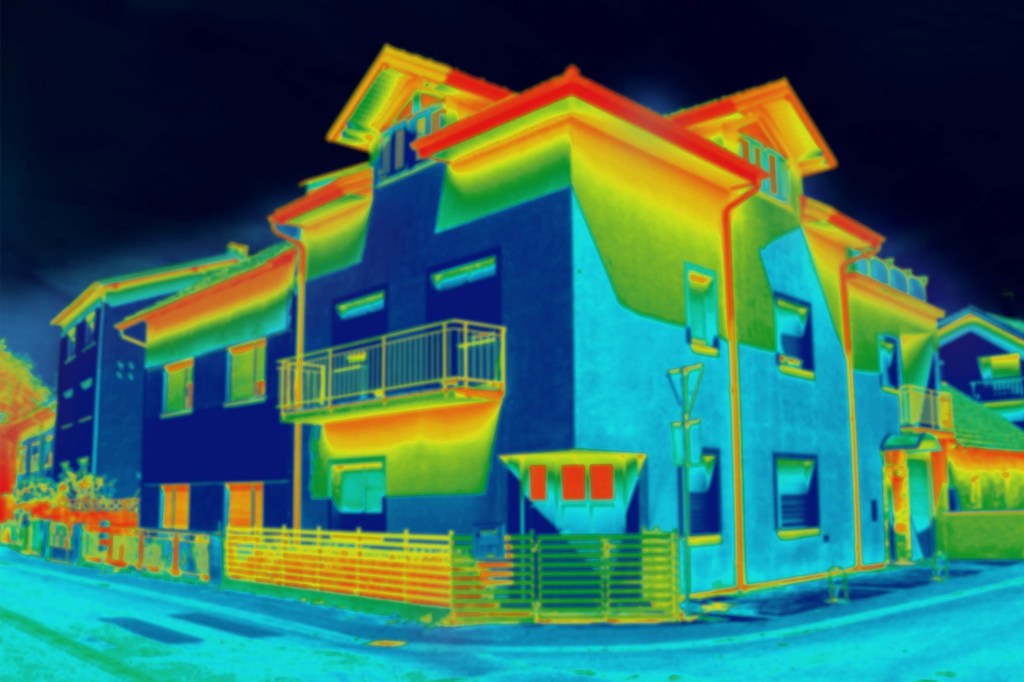
-
‘Seeing the unseeable’
A years-long effort by dozens of researchers at the Harvard-Smithsonian Center for Astrophysics reveals the first-ever image of a supermassive black hole.
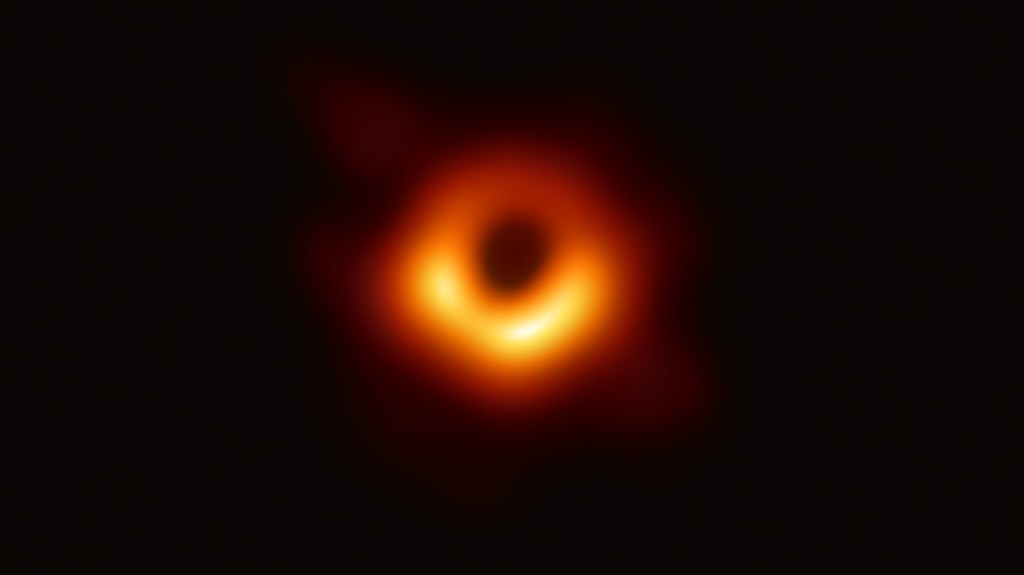
-
A black hole, revealed
Researchers at the Event Horizon Telescope (EHT) just unveiled the first-ever image of a black hole, which captures what EHT Director Sheperd Doeleman called “a one-way door from our universe.”
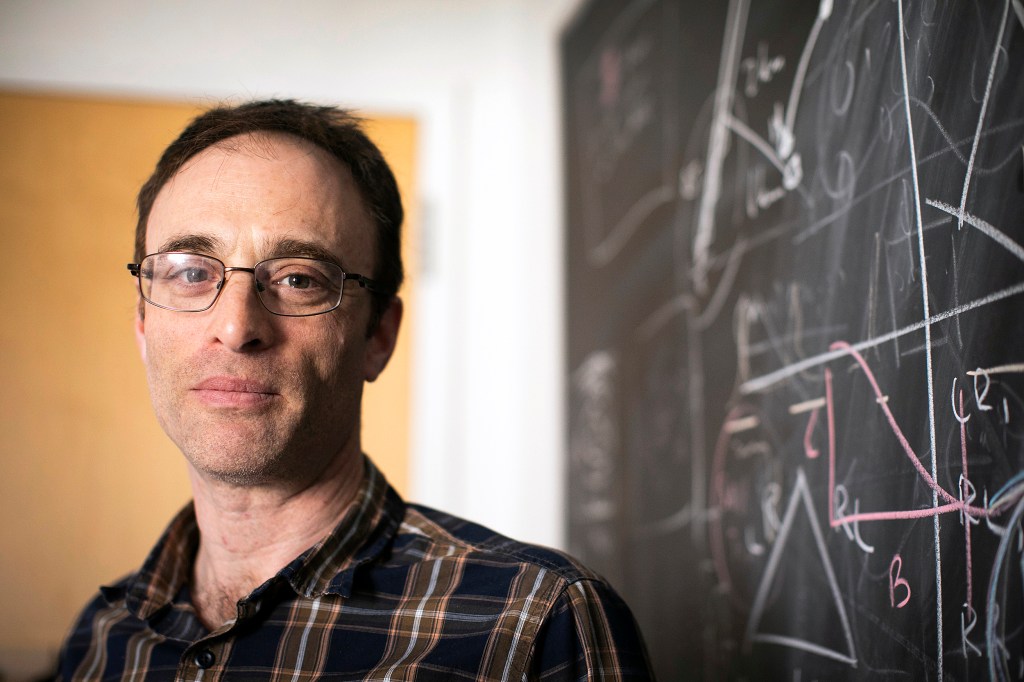
-
Putting ‘the language of the Earth on the agenda’
At Harvard, indigenous Alaskan elder Angaangaq Angakkorsuaq and Polynesian navigator Nainoa Thompson offered a close-to-the-earth perspective on climate change.
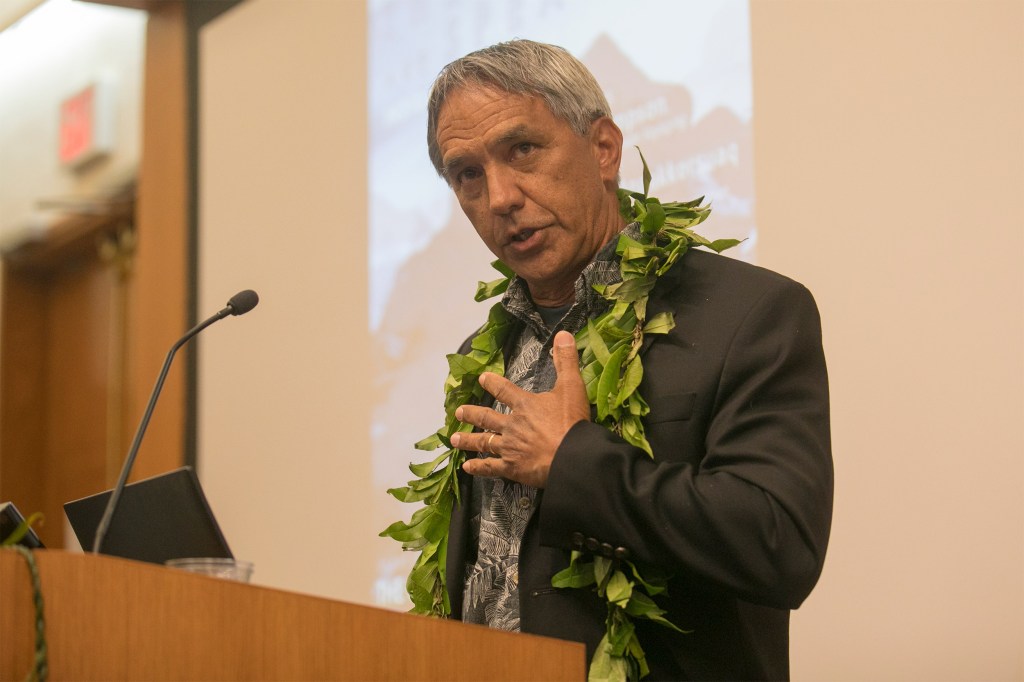
-
Breaking down ‘Beowulf’
Using a statistical approach known as stylometry, which analyzes everything from the poem’s meter to the number of times different combinations of letters show up in the text, a team of researchers found new evidence that “Beowulf” is the work of a single author.
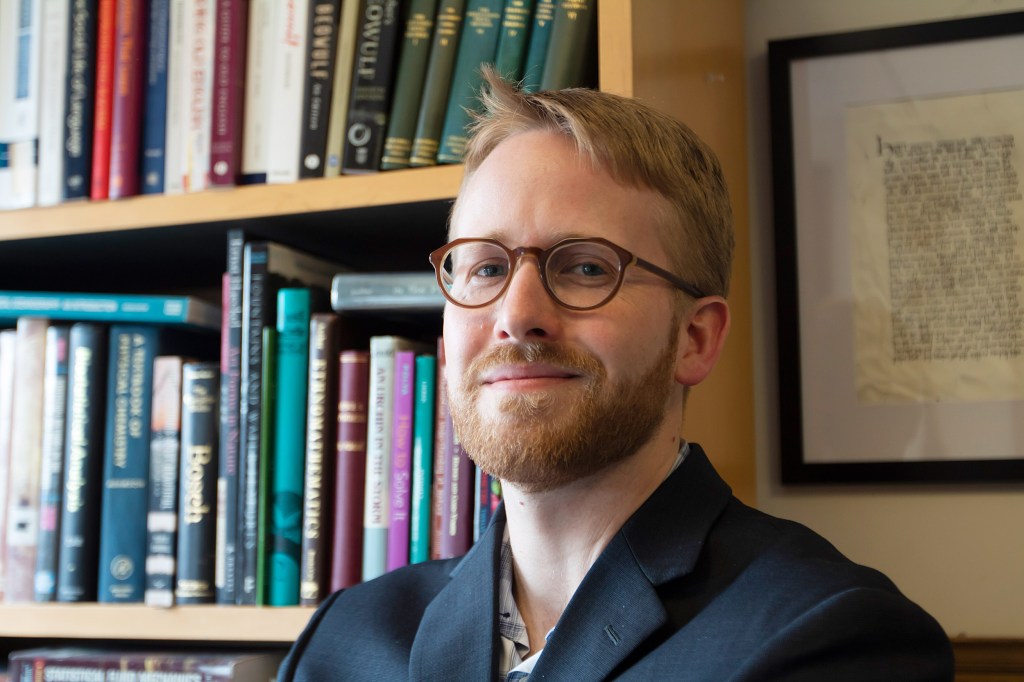
-
Building a better med student
Researchers at Harvard Medical School’s Blavatnik Institute are developing an algorithm with information that is so complex, it will understand everything a first-year medical student knows.
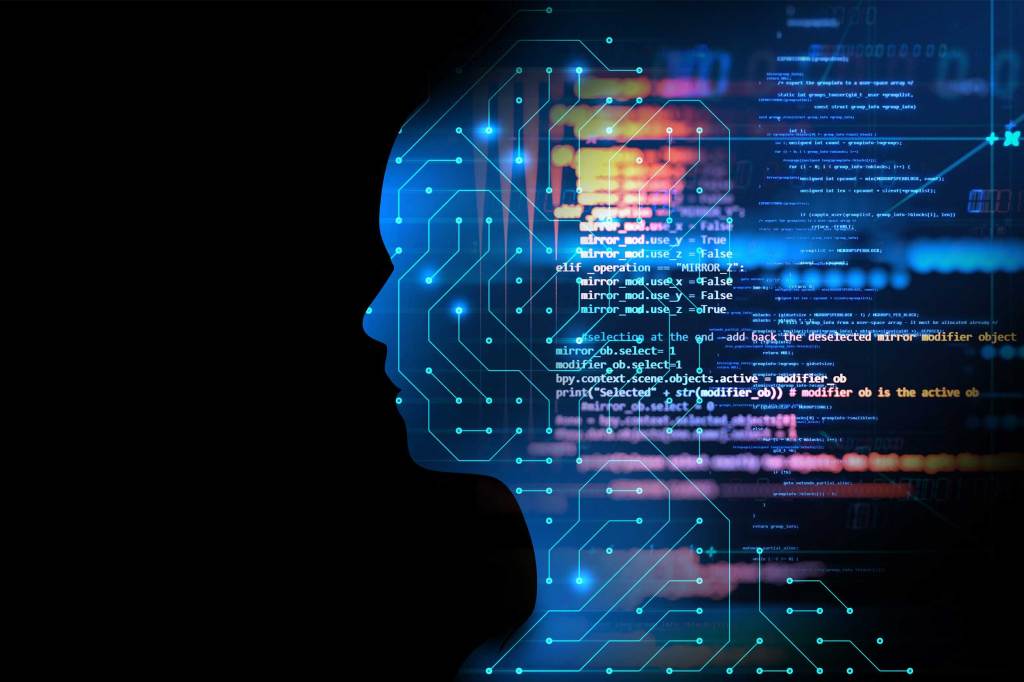
-
Beware the deeper water
For the past decade, scientist Greg Skomal and a team of researchers have been tagging and studying great white sharks off the Massachusetts coast. He hopes his work tracking the sharks’ movement, biology, and behavior will help shed light on the giant predators, help protection efforts, and perhaps reduce their encounters with humans.
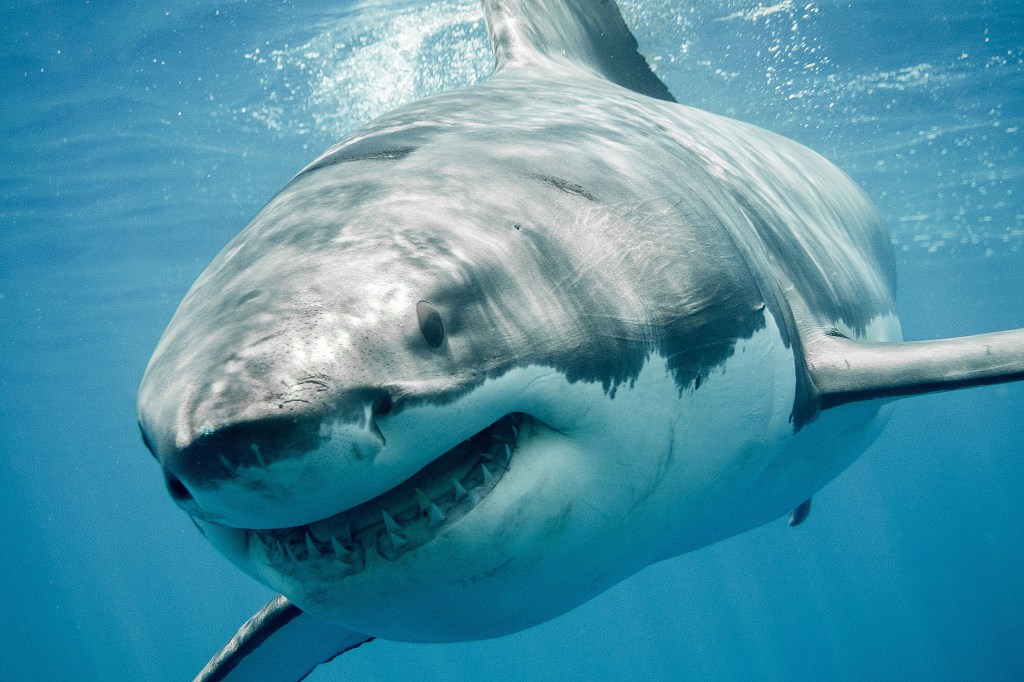
-
Tapping the collective mind
Machine learning is an adaptive form of artificial intelligence that could allow physicians to use the collective wisdom of billions of medical decisions, patient cases, and outcomes to inform diagnosis and treatment.
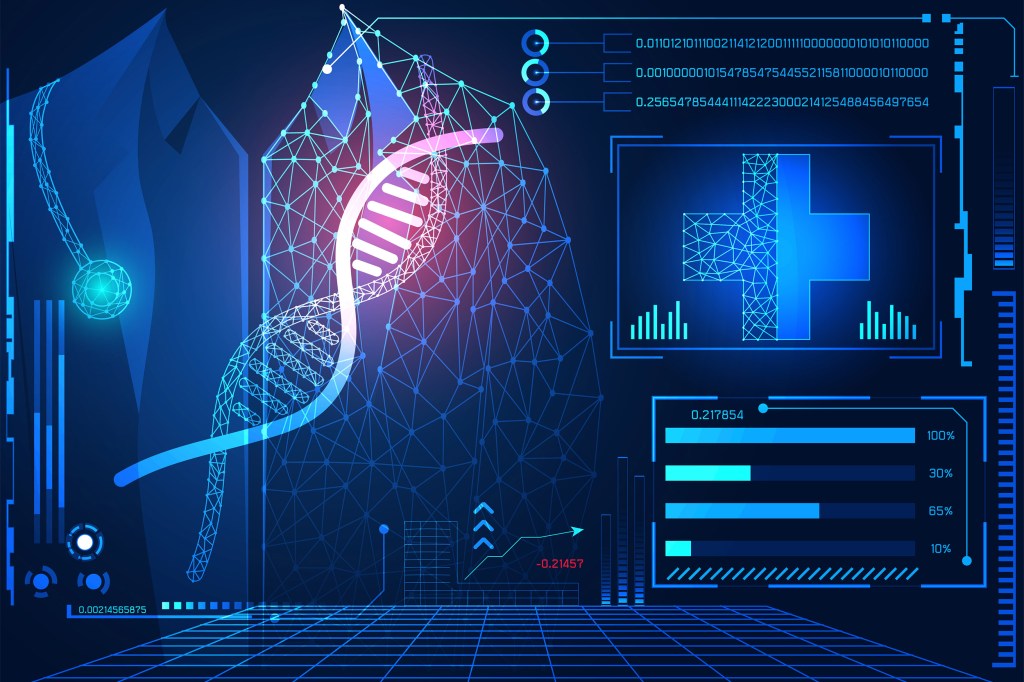
-
A soft touch
A new rubber computer combines the feel of a human hand with the thought process of a traditional computer, replacing the last hard components in soft robots. Now, soft robotics can travel where metals and electronics cannot — high-radiation disaster areas, outer space, and deep underwater — and turn invisible to the naked eye or even sonar detection.
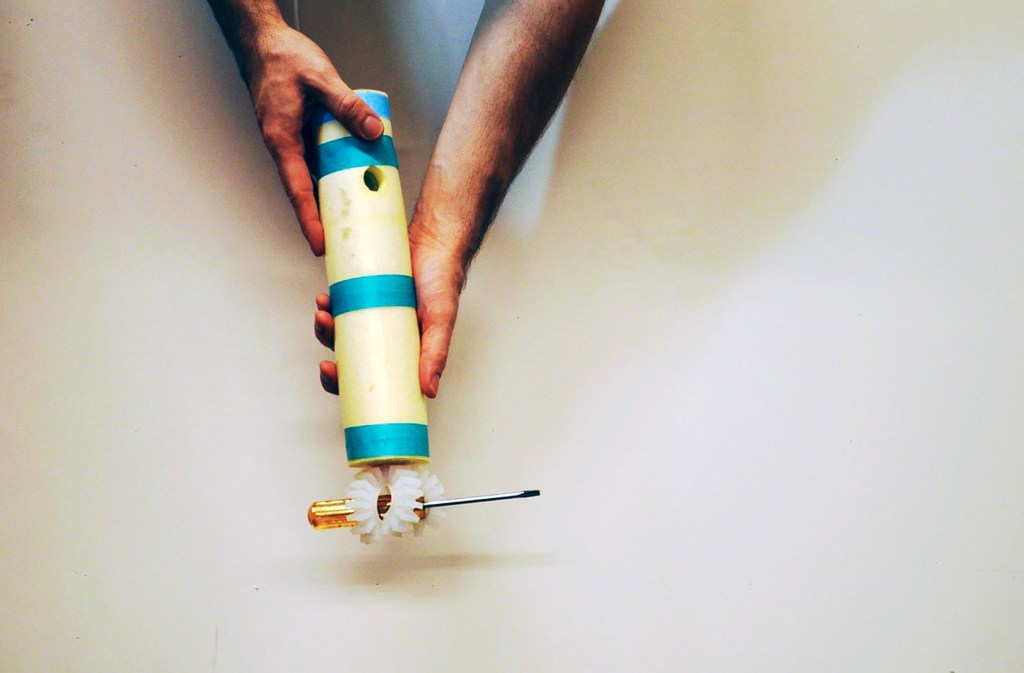
-
Scientists are blown away by hurricane experiment’s results
Three decades after scientists intentionally knocked down nearly 300 trees at Harvard Forest, nature is still surprising as experiments continue.
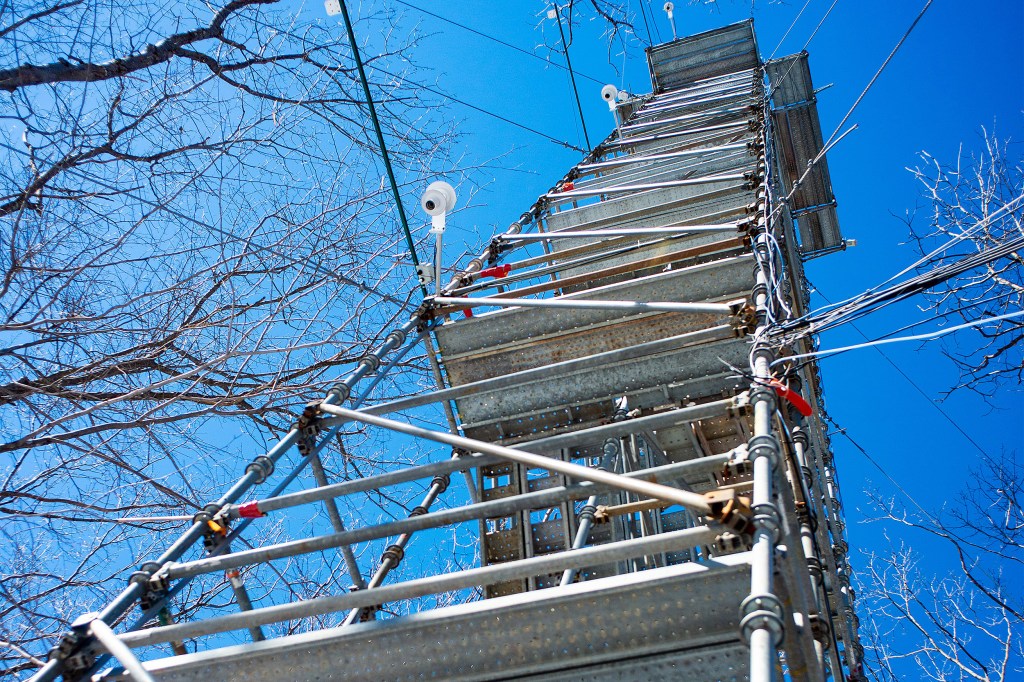
-
‘Any patient with any disease’
Developed through Harvard’s Blavatnik Biomedical Accelerator, an innovative immune-silent stem cell technology could lead to novel cell therapies to treat “any patient with any disease.”
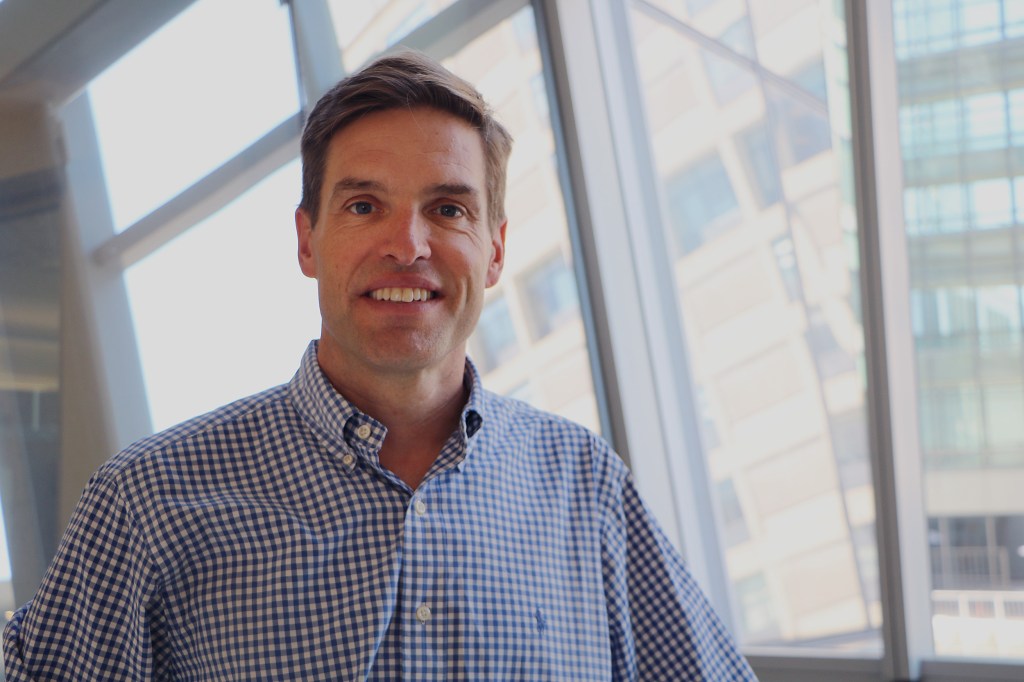
-
A gold star for going green
Harvard received an award at the Climate Leadership Conference in Baltimore, recognizing its commitment to the environment.

-
Seeing the forest for the trees
Novelist Richard Powers’ “The Overstory” features trees as key characters in an entwined tale of human life and our impact on the natural world. He will speak at the Arnold Arboretum and the Mahindra Humanities Center later this month.
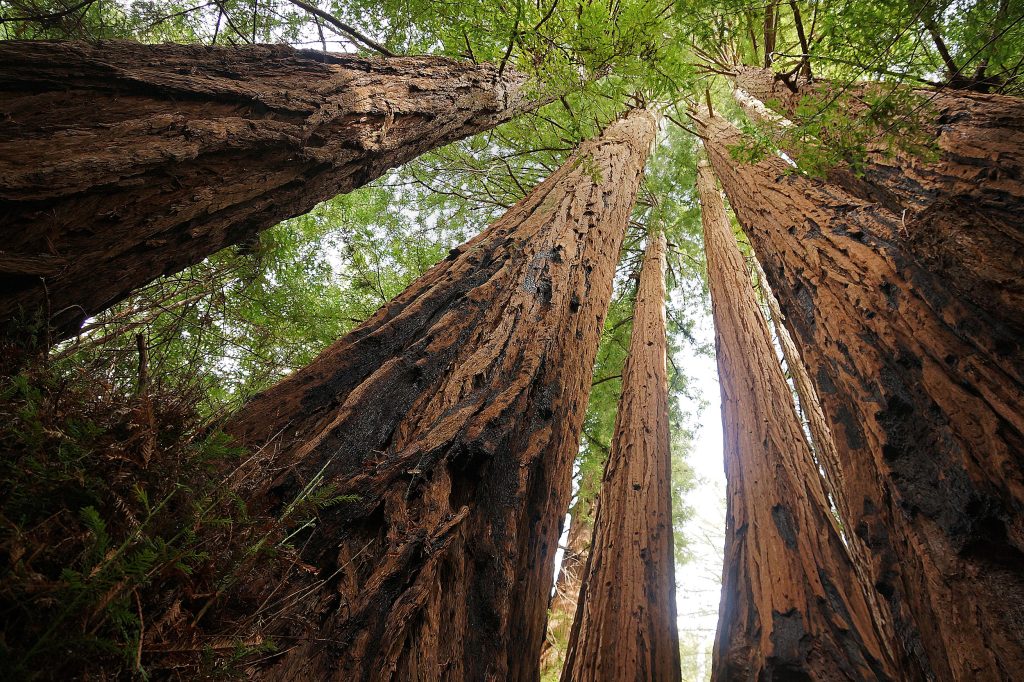
-
The genetics of regeneration
Led by Assistant Professor of Organismic and Evolutionary Biology Mansi Srivastava, a team of researchers is shedding new light on how animals perform whole-body regeneration, and uncovering a number of DNA switches that appear to control genes used in the process.
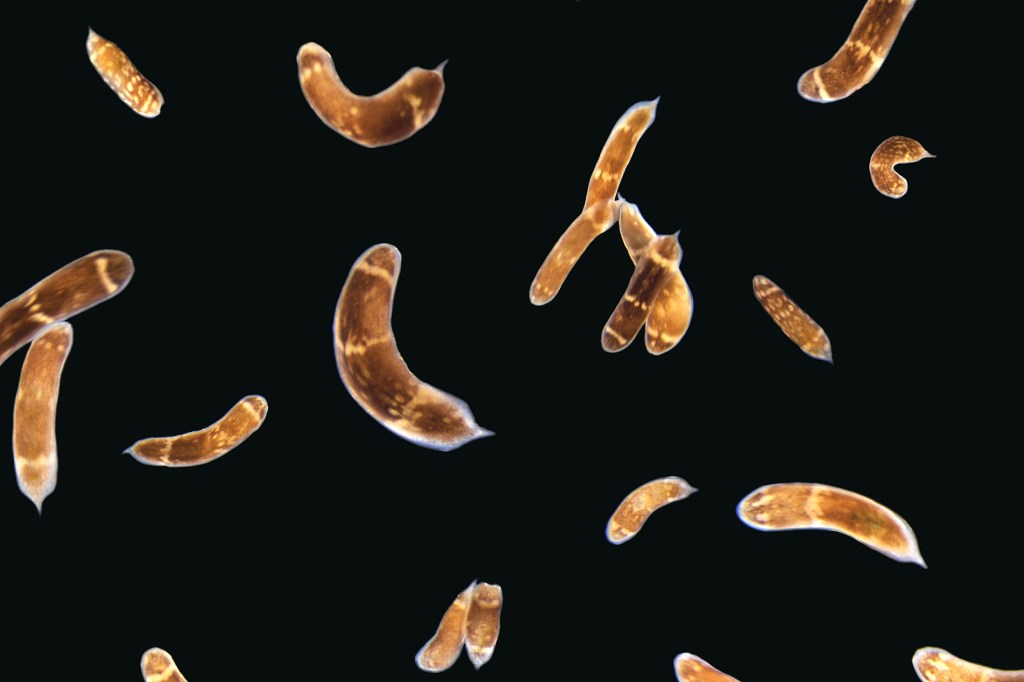
-
Our endless fascination with pi
For centuries, pi — the ratio of a circle’s circumference to its diameter — has fascinated mathematicians and scientists. For more perspective on the famous number, the Gazette turned to physics lecturer Jacob Barandes — who, with some help from his 9-year-old daughter, Sadie, recited pi to 100 digits for us.

-
Sensors go undercover to outsmart the brain
Harvard scientists have created brain implants so similar to neurons that they actually encourage tissue regeneration in animal models. They may one day be used to help treat neurological diseases, brain damage, and even mental illness.
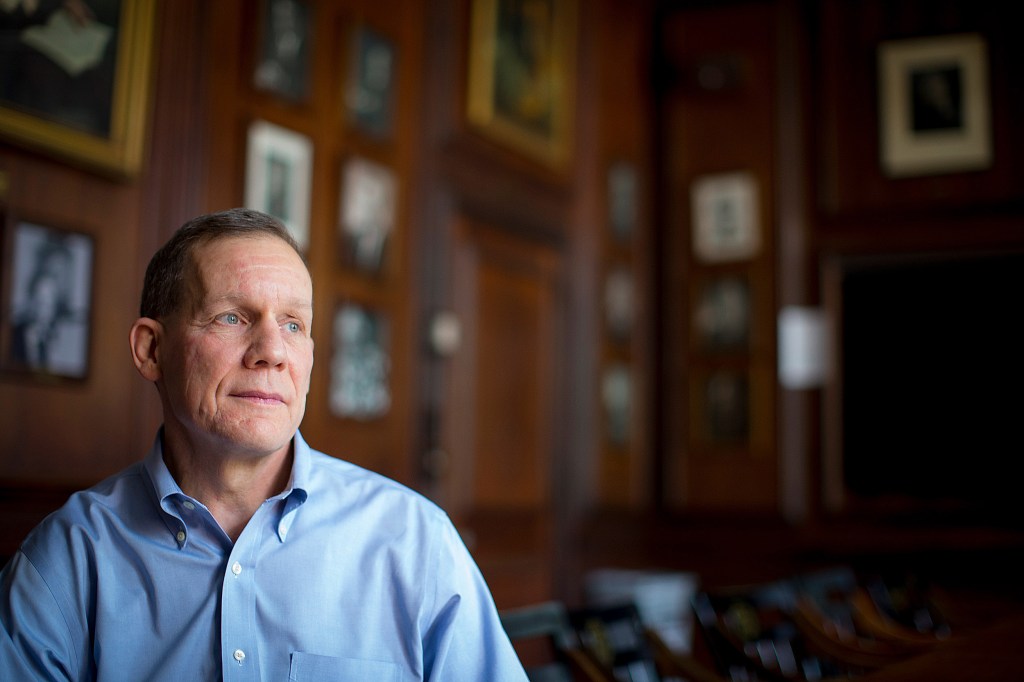
-
Should landlords have to share what’s been bugging them?
It might seem crazy for landlords to tell potential tenants about past bedbug infestations, but Alison Hill believes it will pay off in the long run. In a study, Hill found that while landlords would see a modest drop in rental income in the short term, they would make that money back in a handful of years, and the policies could dramatically slow the spread of the insects.
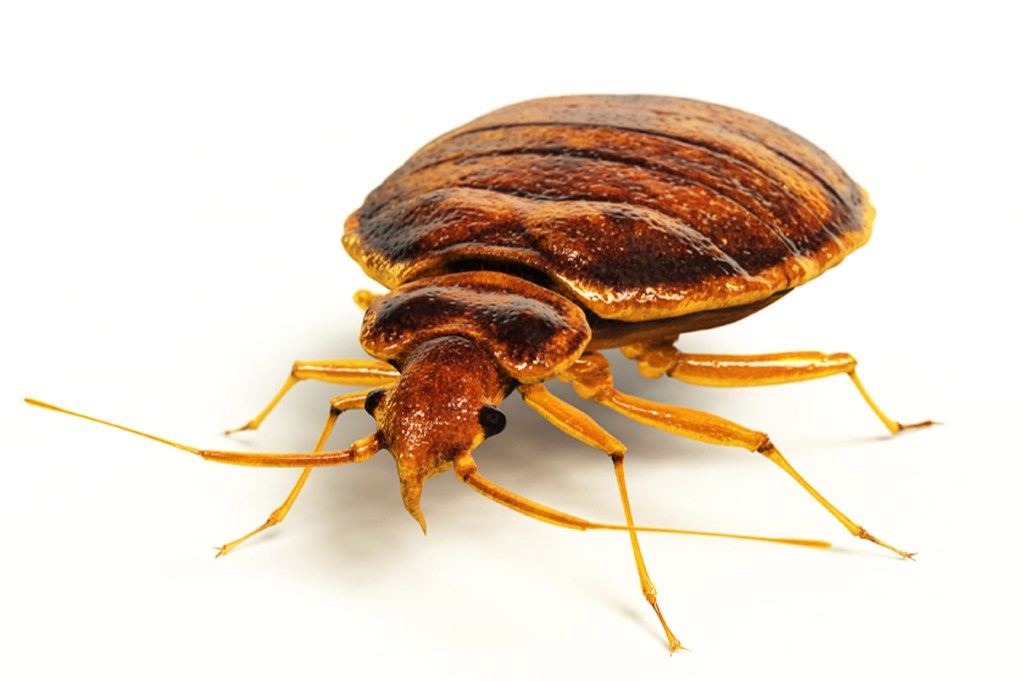
-
A step closer to tissue-engineered kidneys
The Wyss Institute and Roche Innovation Center Basel in Switzerland have teamed up to create 3-D bioprinted proximal tubules beside functioning blood vessel compartments, closely mimicking the kidney’s blood-filtration system that removes waste products while returning “good” molecules, such as glucose and amino acids, back into the bloodstream.
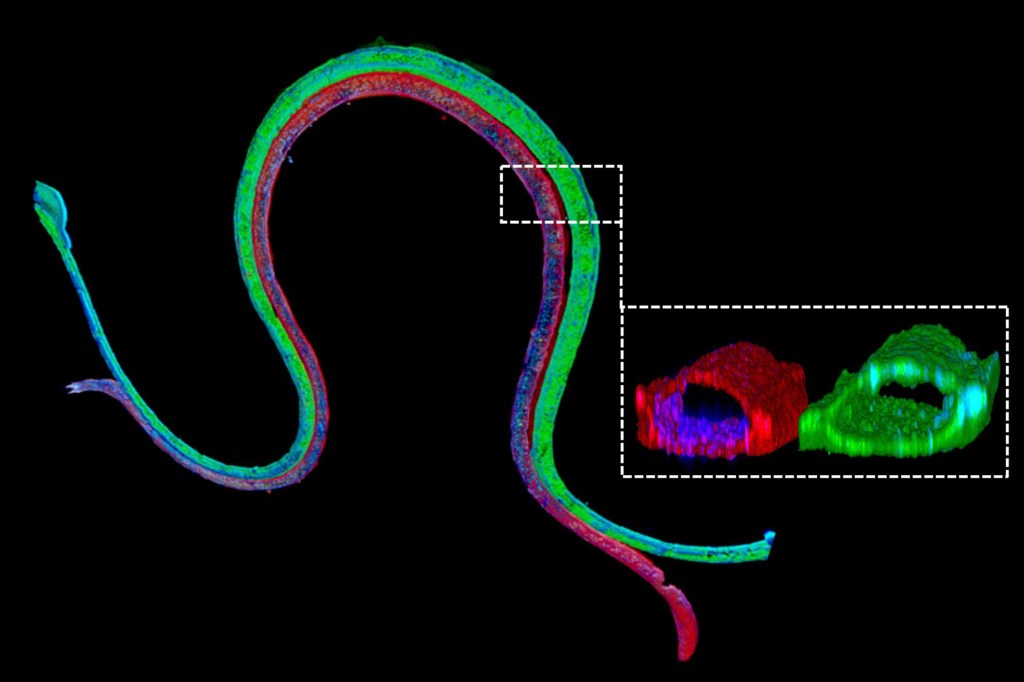
-
‘Siri, who provided your voice?’
The daylong conference “Beyond Words: Gender and the Aesthetics of Communication” at the Radcliffe Institute for Advanced Study explored body communication and included talks on perfumes, tattoos, sign language, dance, and fashion.
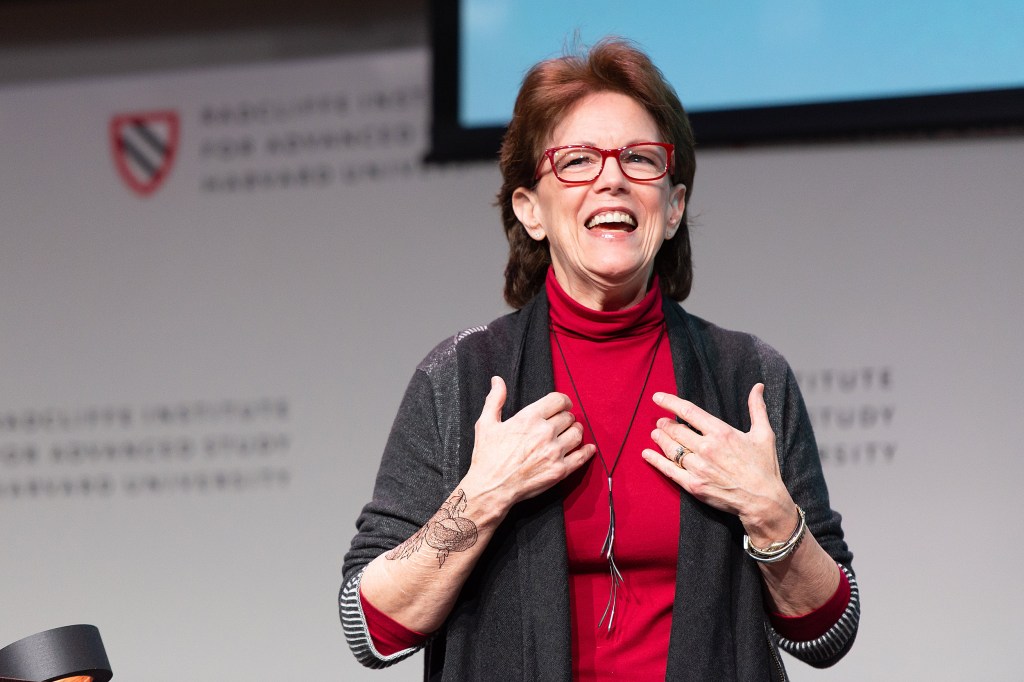
-
Following conflict, a turn to the divine
Working with a team of international researchers, Harvard scientists gathered survey data in several locations around the globe and found that, following the trauma of seeing a friend or loved one killed or injured during conflict, many became more religious.

-
Mining the mysteries of DNA
Science authors David Quammen and Carl Zimmer both have recent books showing that DNA is not only passed down from our ancestors but can also come from viruses, siblings, and even our children.
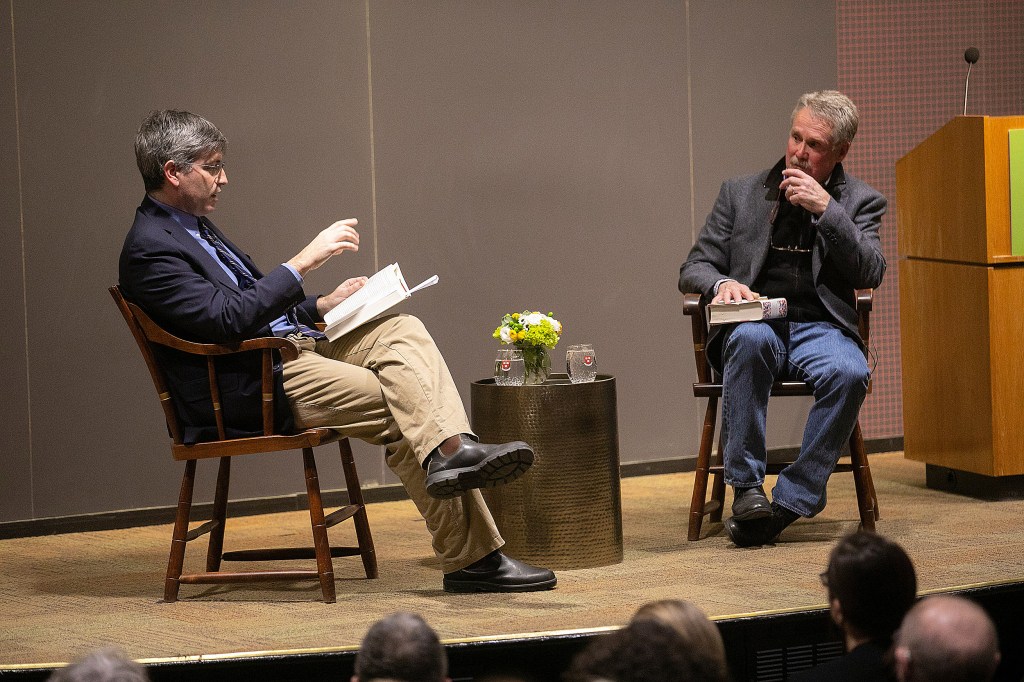
-
DNA reveals we are all genetic mutts
Geneticist David Reich discusses DNA findings that show how migration shaped Europe and southern Asia, and that “No population is, or ever could be, pure.”

-
Seeing things in a different light
Harvard researchers are using a chemical process known as triplet fusion upconversion to transform near-infrared photons into high-energy photons. The high-energy photons could be used in a huge range of applications, including a new type of precisely targeted chemotherapy, in which low-energy infrared lasers that penetrate deep into the body could be used to transform innocuous compounds into cancer-fighting drugs.

-
Making sense of how the blind ‘see’ color
A new Harvard study suggests that although the congenitally blind experience abstract visual phenomena such as rainbows and color differently, they still share with the sighted a common understanding of them.
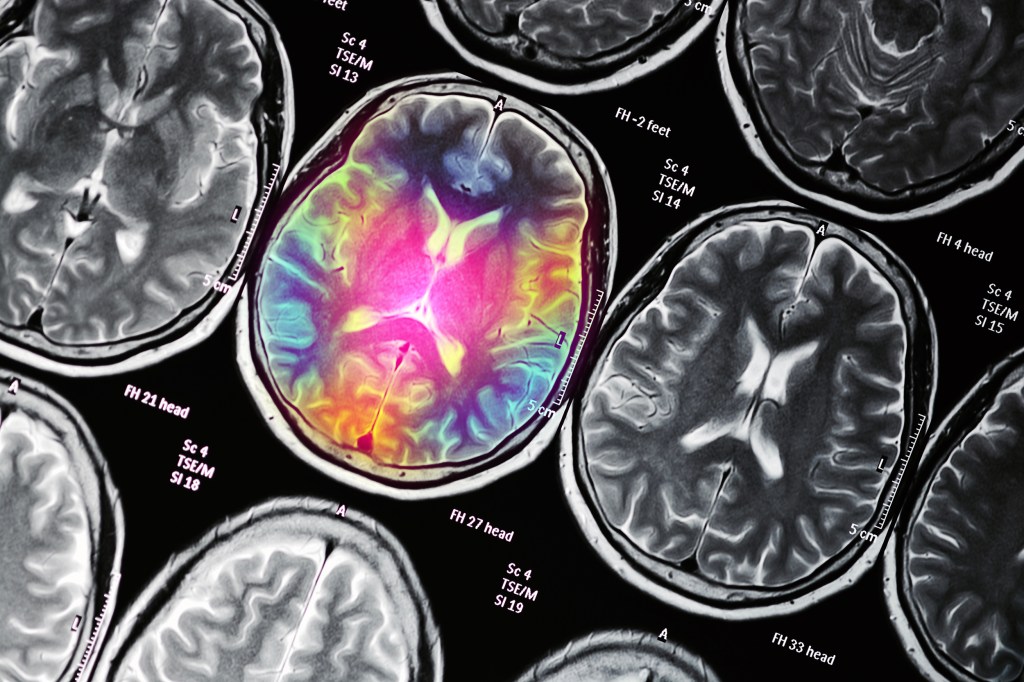
-
Brainy birds
A new study shows that African grey parrots can perform some cognitive tasks at levels beyond those of 5-year-old humans. The results not only suggest that humans aren’t the only species capable of making complex inferences, but also point to flaws in a widely used test of animal intelligence.
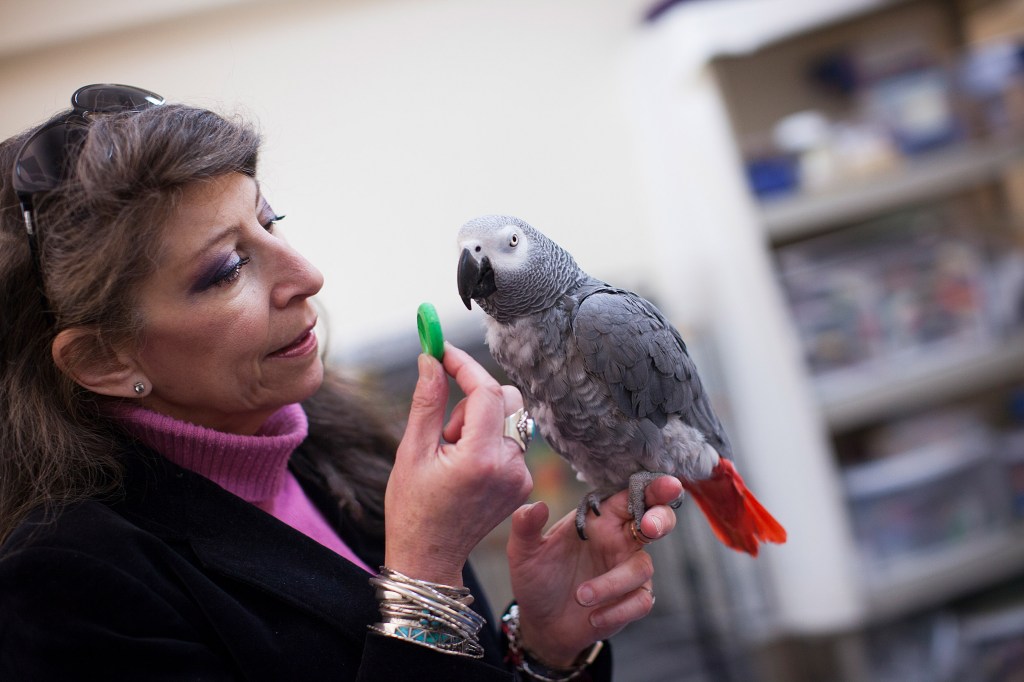
-
Focusing on the fovea
Researchers have created the first cellular atlas of the primate retina and discovered that, while the fovea and peripheral retina share most of the same cell types, the cells are in different proportions, and show different gene expression patterns.

-
Facing crocodiles head-on
Despite often being portrayed as living fossils that have remained virtually unchanged for millions of years, a new Harvard study shows crocodiles have repeatedly altered their developmental patterns, leading to much of the diversity found in modern, living crocodiles.
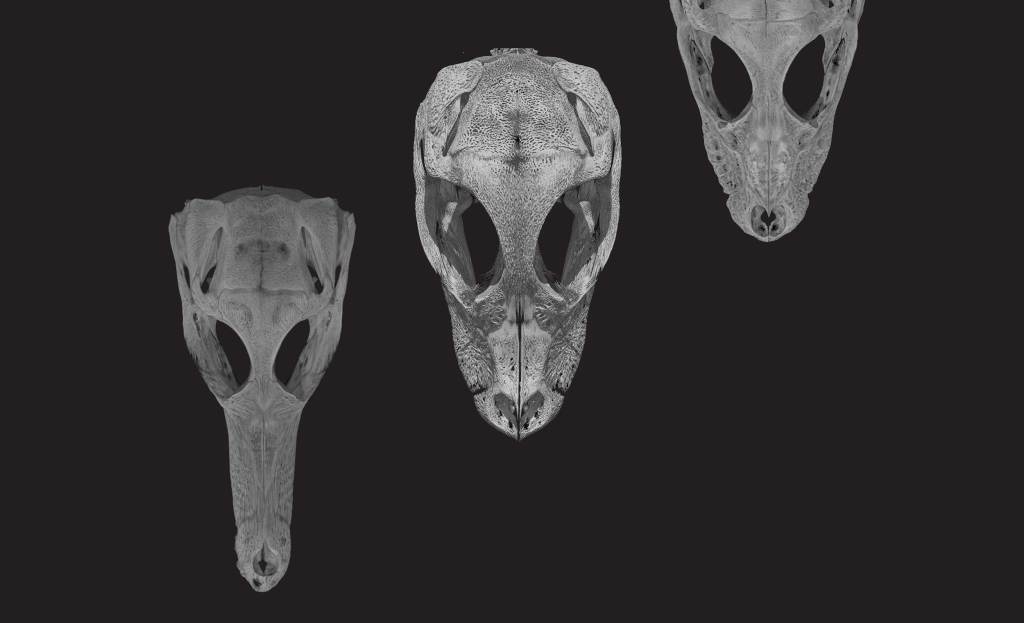
-
The impact of ocean acidification
In a first-of-its-kind study, findings suggest that continued ocean warming and acidification could impact everything from how fish move to how they eat.
